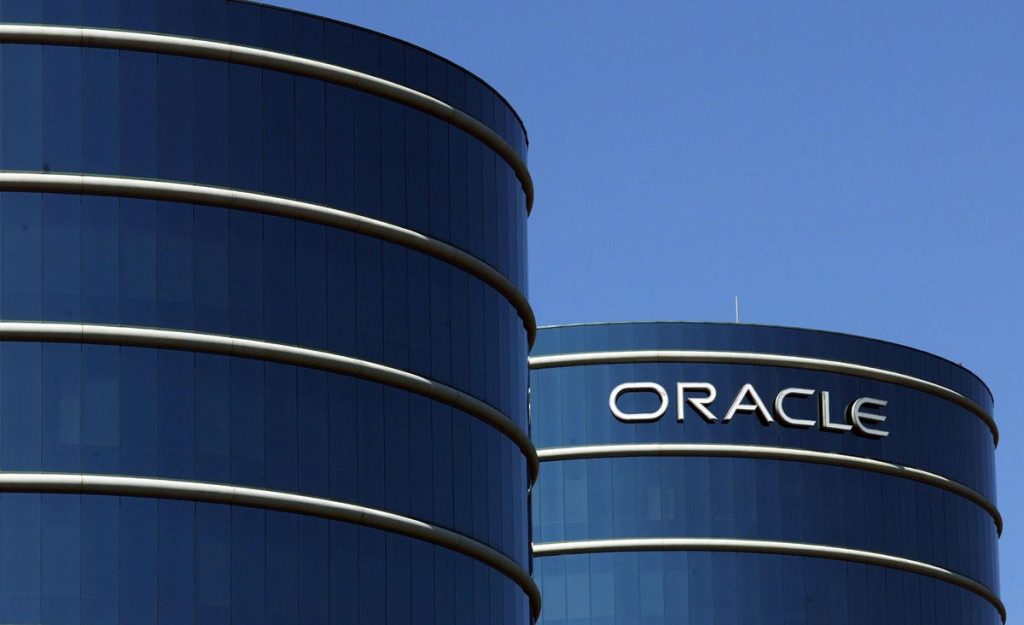Oracle’s share price dropped by the largest amount earlier this week since 2002, dropping 12% which compares against the 15% drop the stock experienced as the entire tech sector exploded in the bursting of the dot com bubble. While the overall tech sector is up in 2023 and certain stocks are experiencing outsized gains accelerated by the tailwinds of AI, technology bellwethers such as Oracle are getting caught in the crossfire as less nuanced commentators are making knee jerk assessments which market participants are reacting to.
By the Numbers
Oracle said total revenue rose 9% to $12.45 billion, which essentially matched estimates at $12.47 billion. The context here is that Oracle missed consensus estimates by $20m which equates to one enterprise deal that slipped out of the quarter, by what could have been hours. The market commentary is rightly a miss, but a more nuanced and considered viewpoint needs to emerge.
Contained within that 9% topline growth was a 30% increase in cloud revenue to $4.6 billion, which included 66% growth in cloud infrastructure to $1.5 billion and 17% growth in cloud application to $3.1 billion. These numbers mean that Oracle is gaining market share against the likes of AWS, Google and Microsoft. This ‘rule of 40’ level growth for a mature, long-standing business such as Oracle is a lead indicator that Oracle’s strategy is resonating with clients and that the sales teams are executing at scale.
Crucially Oracle was also able to demonstrate that profit margins expanded modestly in the quarter, with adjusted operating income improving 13% to $5.1 billion and adjusted operating margin reaching 41%. Again a 13% move of operating income in a mature business is a key indicator that Oracle is both growth-focused and executing operationally. Further evidence came from the EPS performance which jumped 16% to $1.19, edging out estimates at $1.15.
Commenting on the earnings CEO Safra Catz said, “Oracle Cloud Infrastructure revenue grew 66% in Q1, much faster than our hyper-scale cloud infrastructure competitors” and said of its cloud services business, “This highly predictable, highly profitable recurring revenue stream — combined with continued expense discipline — drove 16% growth in non-GAAP earnings per share, 21% growth in free cash flow, and $7.0 billion in operating cash flow in the Q1.”
What Spooked the Market?
Despite the solid results, the company was pragmatic concerning revenue growth in the second quarter, forecasting 5% to 7% top-line growth, to $13 billion, which was very slightly below the consensus at $13.29 billion. The market overreaction was due in part to the speed of transition at Cerner, a market-leading healthcare IT company that Oracle acquired last year and is currently in the middle of transitioning to the cloud. The Cerner acquisition is a long-term strategic play for Oracle to dominate a highly regulated industry with a market-leading electronic patient record platform. Healthcare is notoriously slow to adopt public cloud so the speed of transition here is exactly in line with wider trends in the market.
Oracle’s sell-off following the earnings announcement seems as much a reflection of high expectations baked into the stock coming and an overaction as much as anything else, especially when it comes to AI. Prior to this recent announcement, shares were up more than 50% year to date before the results came out.
Oracle, as has every other vendor, has been actively promoting the advantages of integrating artificial intelligence into its operations. In the recent quarter, the company introduced AI enhancements to its Fusion Cloud and Human Capital Management Software. Larry Ellison, in the earnings statement, highlighted a significant milestone, stating, “As of today, AI development companies have signed contracts to purchase more than $4 billion of capacity in Oracle’s Gen2 Cloud,” which represents a twofold increase from the previous quarter’s figures. While this is a positive accretive indicator for Oracle, this is not yet reflected fully in the prior quarter’s results. This will change in the quarters ahead as AI and the innovation Oracle is bringing to market will be more widely reflected in bottom-line performance.
Looking Ahead
In conclusion, I remain bullish on Oracle’s market position and its ability to capitalize on the prevailing buzz around AI. As AI deployments roll out at scale in large enterprises, Oracle is well situated because of two factors: data-centricity and mission-critical applications. While the database market has revolutionized and Oracle is less dominant than it once was, the company is continuing to innovate with technologies such as MySQL Heatwave and the amount of data in Oracle’s various database platforms is significant. This data-centricity in Oracle platforms will enable the company to benefit from AI projects in an outsized way in the months ahead.
The second factor is mission-critical apps, Oracle has a huge footprint of mature, highly adopted enterprise apps that dominate certain sectors such as retail and healthcare. While the Cerner movement to the cloud is not happening as fast as Oracle hoped, the ability for Oracle to augment Cerner with AI-powered solutions will over the medium to long term be an upside for Oracle.
This short-term bump in the road for Oracle’s valuation is largely an overreaction driven by a tiny miss in topline revenue and pragmatic guidance around the Cerner transition to the cloud. Over the next few quarters, I fully expect Oracle to return to being an overperformer as the company has strong moats, an active innovation engine and a loyal and diverse range of customers that have a significant percentage of their corporate data in Oracle platforms primed for the deployment
Read the full article here







